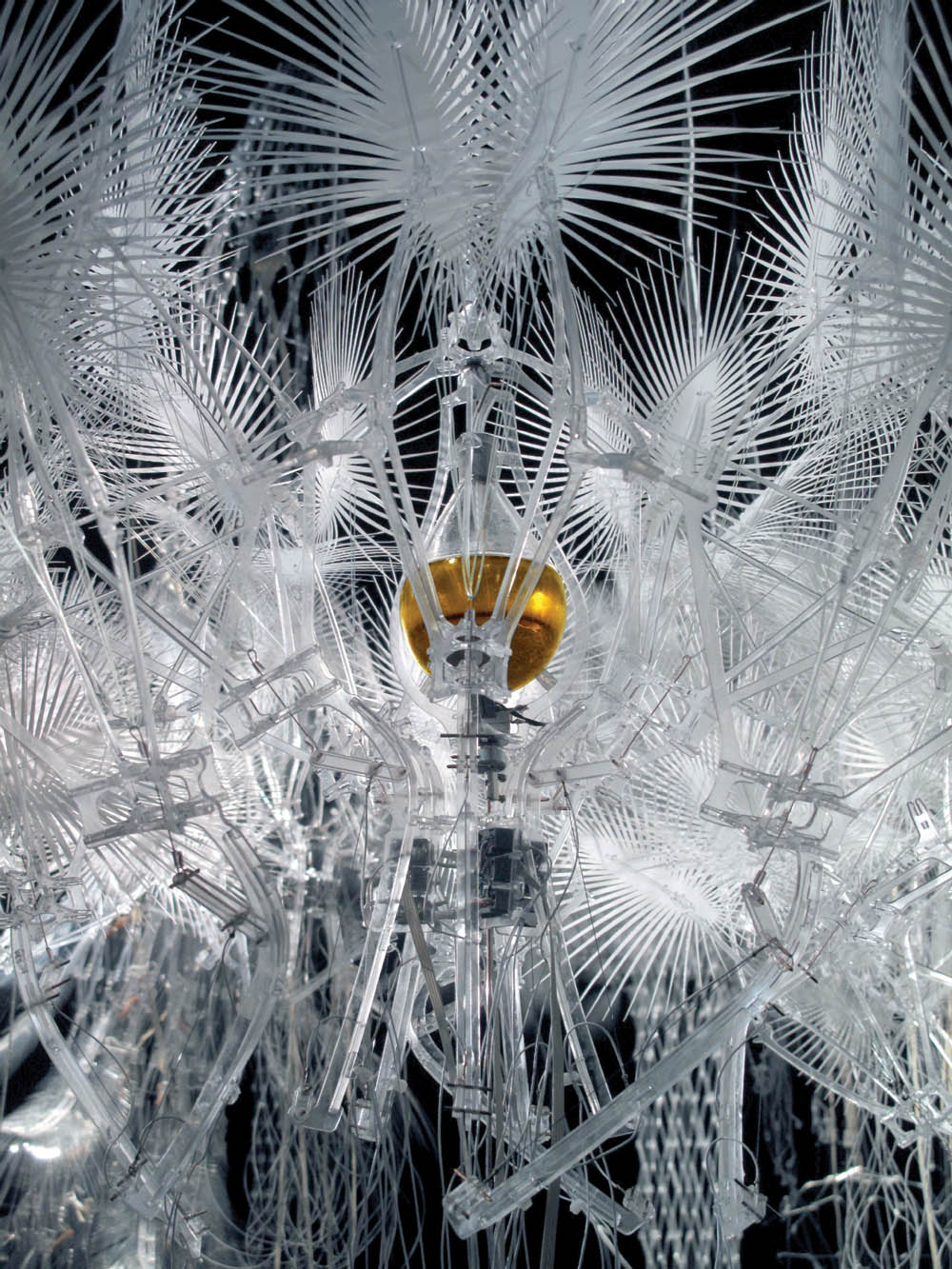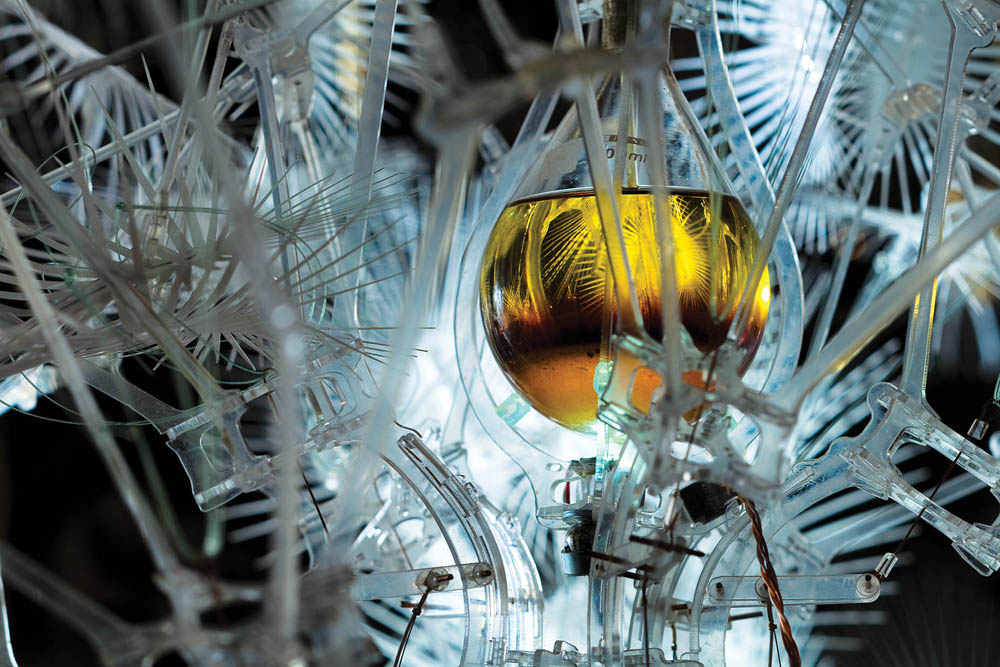The film "focuses on the deprogramming of architecture and the spontaneous creation of customised, aggregated spaces," Matsuda writes. We see its central protagonist surrounded by pop-up menus and projected touchscreens, able to switch urban backgrounds—graffiti to gardens—in an instant. From the project description:The architecture of the contemporary city is no longer simply about the physical space of buildings and landscape, more and more it is about the synthetic spaces created by the digital information that we collect, consume and organise; an immersive interface may become as much part of the world we inhabit as the buildings around us.Augmented Reality (AR) is an emerging technology defined by its ability to overlay physical space with information. It is part of a paradigm shift that succeeds Virtual Reality; instead of disembodied occupation of virtual worlds, the physical and virtual are seen together as a contiguous, layered and dynamic whole. It may lead to a world where media is indistinguishable from 'reality'. The spatial organisation of data has important implications for architecture, as we re-evaluate the city as an immersive human-computer interface.
2010-09-09
Augmented City - Keiichi Matsuda
The film "focuses on the deprogramming of architecture and the spontaneous creation of customised, aggregated spaces," Matsuda writes. We see its central protagonist surrounded by pop-up menus and projected touchscreens, able to switch urban backgrounds—graffiti to gardens—in an instant. From the project description:The architecture of the contemporary city is no longer simply about the physical space of buildings and landscape, more and more it is about the synthetic spaces created by the digital information that we collect, consume and organise; an immersive interface may become as much part of the world we inhabit as the buildings around us.Augmented Reality (AR) is an emerging technology defined by its ability to overlay physical space with information. It is part of a paradigm shift that succeeds Virtual Reality; instead of disembodied occupation of virtual worlds, the physical and virtual are seen together as a contiguous, layered and dynamic whole. It may lead to a world where media is indistinguishable from 'reality'. The spatial organisation of data has important implications for architecture, as we re-evaluate the city as an immersive human-computer interface.
Philip Beesley's Hylozoic Ground
As Beesley explains, "Hylozoic Ground is an immersive, interactive environment that moves and breathes around its viewers... Next-generation artificial intelligence, synthetic biology, and interactive technology create an environment that is nearly alive." Indeed, he adds, "hylozoism is the ancient belief that all matter has life."
The resulting structure is "similar to a coral reef, following cycles of opening, clamping, filtering and digesting. Arrays of touch sensors create waves of diffuse breathing motion, luring visitors into the shimmering depths of a forest of light."
![[.tze]](http://1.bp.blogspot.com/_dpptJHtg3BU/Sz-zNYSKitI/AAAAAAAATos/ZBDlnvRfrPI/S1600-R/ver+3.jpg)



